Real-Time Detection and Process Status Integration System for High-Pressure Gas Leakage †
Abstract
1. Introduction
2. Proposed System
2.1. Hardware
2.1.1. Raspberry Pi 3 Model B
2.1.2. Raspberry Pi Camera Module 3
2.1.3. DHT22 Temperature and Humidity Sensor
2.2. Software
2.2.1. DCP
2.2.2. MQTT
2.2.3. Node-RED
2.2.4. Machine Learning Module
3. Result and Discussion
3.1. Gas Leak Detection
3.2. Node-RED Visualization
3.3. Machine Learning Analysis
3.3.1. SVM Analysis
3.3.2. Decision Tree
4. Conclusions
Author Contributions
Funding
Institutional Review Board Statement
Informed Consent Statement
Data Availability Statement
Conflicts of Interest
References
- Richardson, M.; Wallace, S. Getting Started with Raspberry Pi, 3rd ed.; O’Reilly Media: Sebastopol, CA, USA, 2014. [Google Scholar]
- He, K.; Sun, J.; Tang, X. Single image haze removal using dark channel prior. IEEE Trans. Pattern Anal. Mach. Intell. 2011, 33, 2341–2353. [Google Scholar] [CrossRef] [PubMed]
- Banks, A.; Gupta, R. MQTT, Version 3.1.1; OASIS Standard: Woburn, MA, USA, 2014.
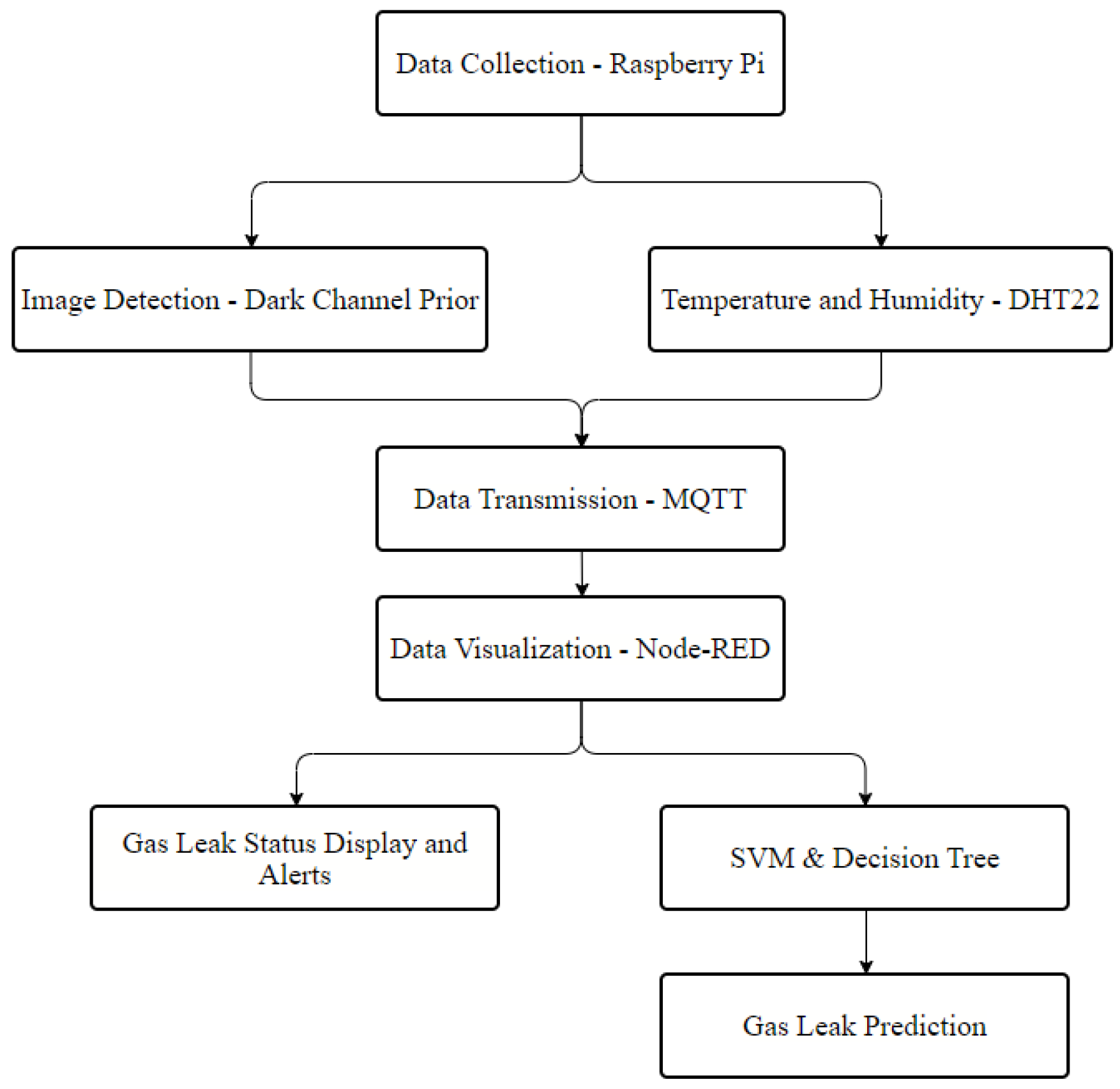

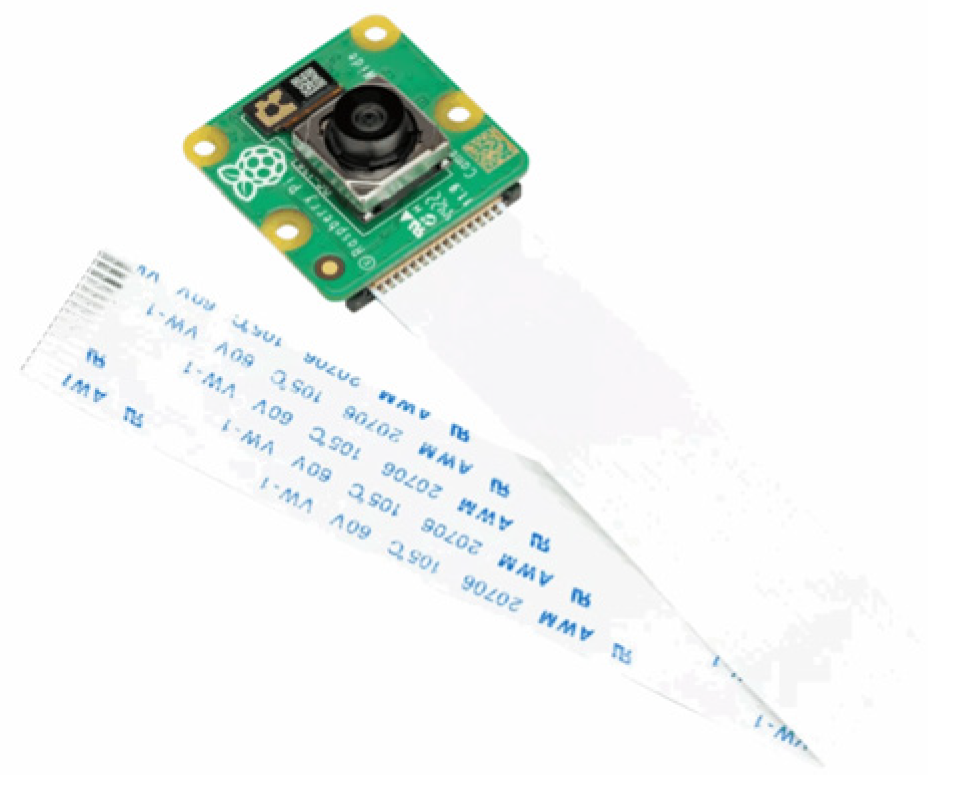

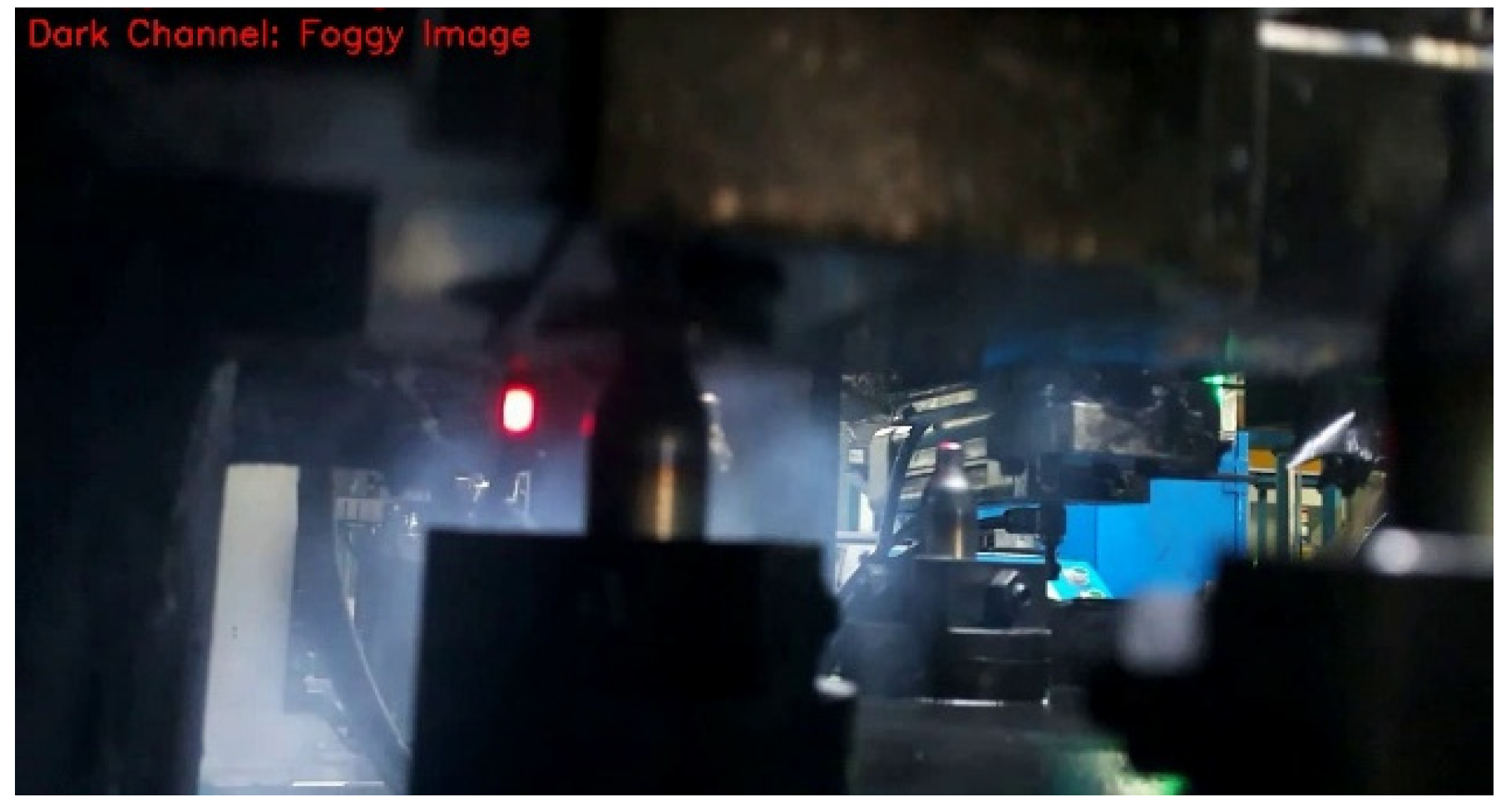

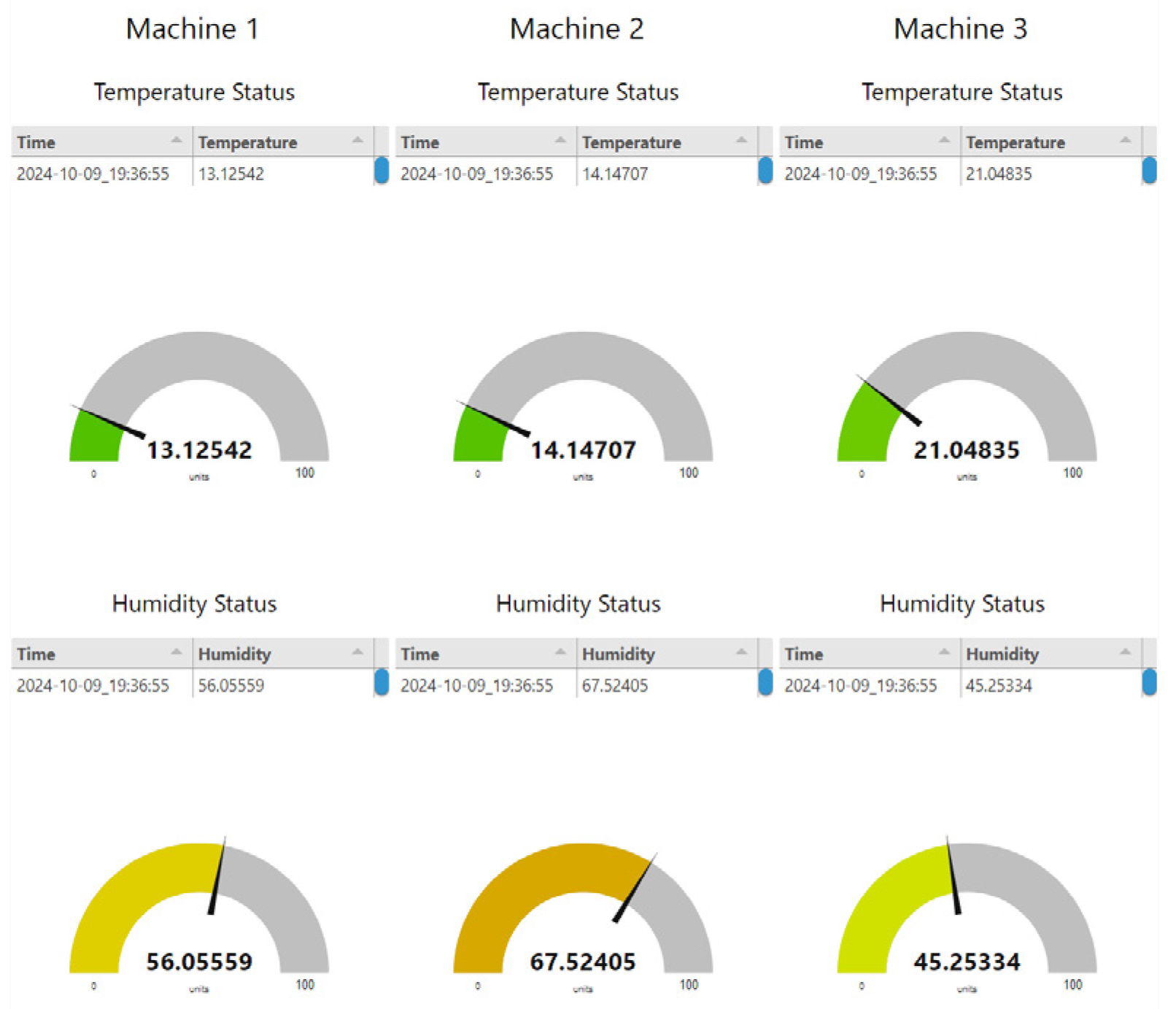
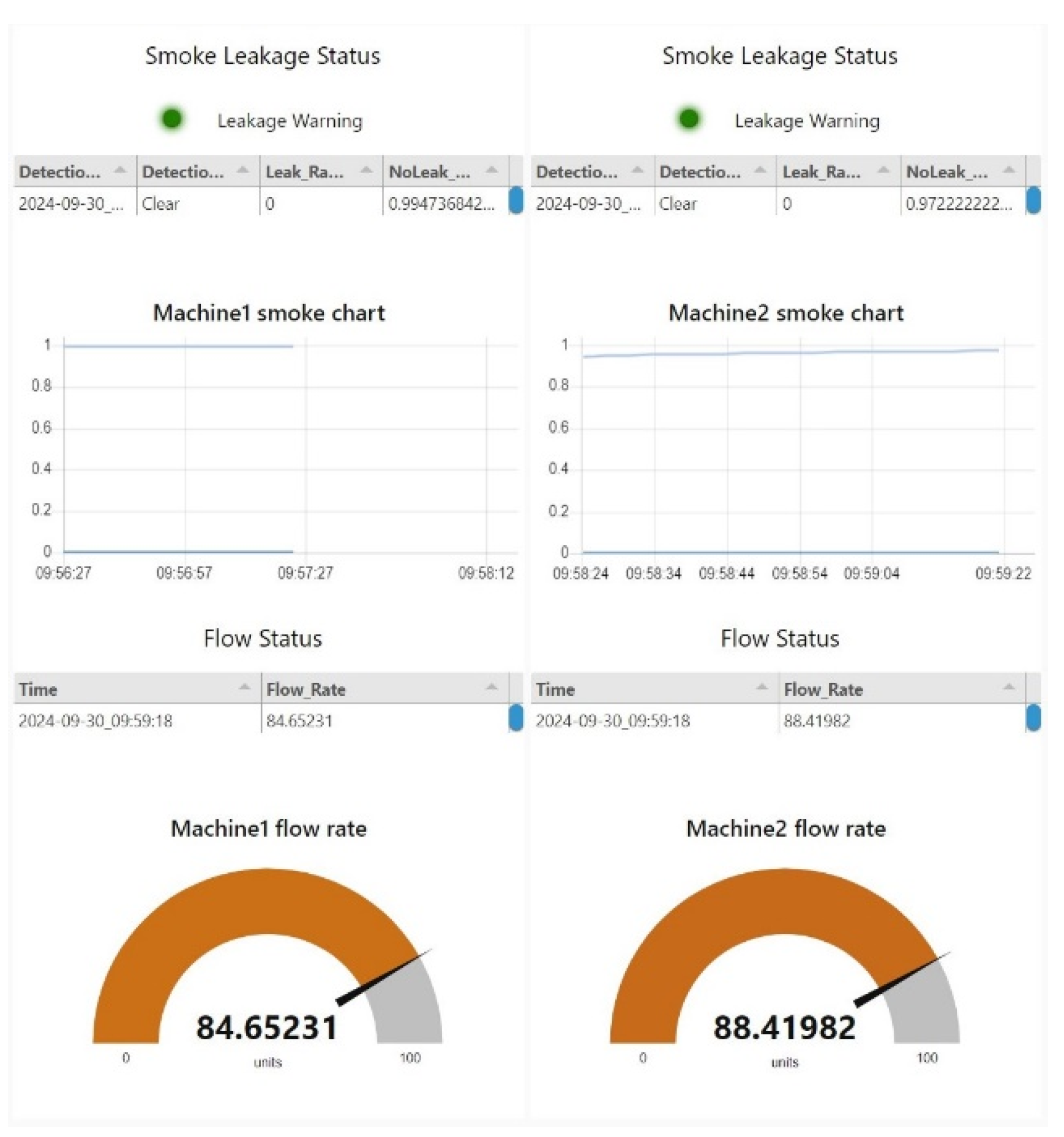
Disclaimer/Publisher’s Note: The statements, opinions and data contained in all publications are solely those of the individual author(s) and contributor(s) and not of MDPI and/or the editor(s). MDPI and/or the editor(s) disclaim responsibility for any injury to people or property resulting from any ideas, methods, instructions or products referred to in the content. |
© 2025 by the authors. Licensee MDPI, Basel, Switzerland. This article is an open access article distributed under the terms and conditions of the Creative Commons Attribution (CC BY) license (https://creativecommons.org/licenses/by/4.0/).
Share and Cite
Hu, N.-Z.; Huang, H.-L.; Tsai, C.-M.; Wu, Y.-Y.; Lin, Y.-X.; Lin, C.-C.; Lu, P.-H. Real-Time Detection and Process Status Integration System for High-Pressure Gas Leakage. Eng. Proc. 2025, 92, 72. https://doi.org/10.3390/engproc2025092072
Hu N-Z, Huang H-L, Tsai C-M, Wu Y-Y, Lin Y-X, Lin C-C, Lu P-H. Real-Time Detection and Process Status Integration System for High-Pressure Gas Leakage. Engineering Proceedings. 2025; 92(1):72. https://doi.org/10.3390/engproc2025092072
Chicago/Turabian StyleHu, Nian-Ze, Hao-Lun Huang, Chun-Min Tsai, Yen-Yu Wu, You-Xin Lin, Chih-Chen Lin, and Po-Han Lu. 2025. "Real-Time Detection and Process Status Integration System for High-Pressure Gas Leakage" Engineering Proceedings 92, no. 1: 72. https://doi.org/10.3390/engproc2025092072
APA StyleHu, N.-Z., Huang, H.-L., Tsai, C.-M., Wu, Y.-Y., Lin, Y.-X., Lin, C.-C., & Lu, P.-H. (2025). Real-Time Detection and Process Status Integration System for High-Pressure Gas Leakage. Engineering Proceedings, 92(1), 72. https://doi.org/10.3390/engproc2025092072






